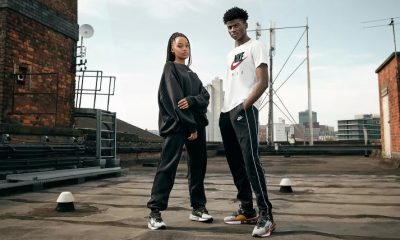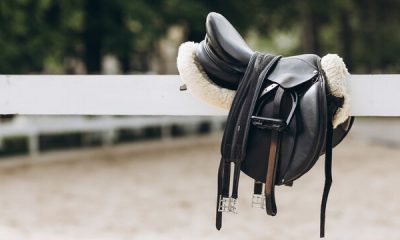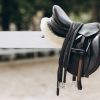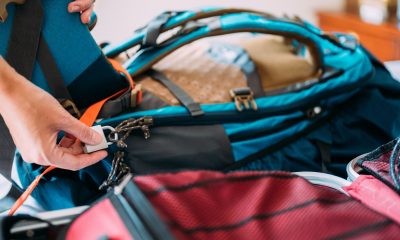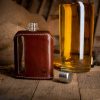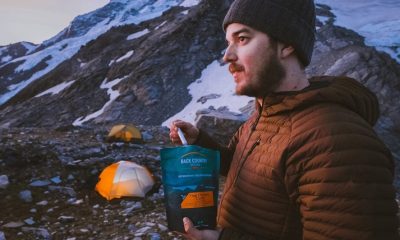Sports & Travel
The Benefits of Hiking Gaiters & How to Choose Right
Gaiters are one of those pieces of hiking gear you never think you’ll need. After all, they are designed to be worn in snowy and super cold conditions, right? That’s what I used to think too. But after going through some of the most challenging (and often wettest) trails a in Australia, I never head out without a pair of gaiters in my backpack.
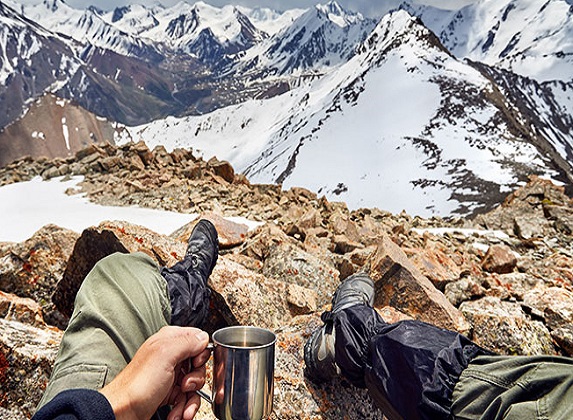
Why? – you ask. Well, although you may not encounter snow on your hiking trip, there’s still streams and even rivers to cross. And that means there’s a high chance you’ll get your feet wet. I have had my legs ravaged and feet waterlogged too many times to risk that happening again. Yes, despite wearing hiking boots. It doesn’t matter how waterproof your boots are, there’s still a gap when you put your feet into them. Likewise, your trousers can get soaked and start dripping water into your boots, getting your feet wet. And the last thing you want to happen when hiking is wet feet.
But gaiters are perfect in closing that gap and preventing water from getting into your boots. They cover the vulnerable tops of your footwear and go all the way up to your knees. As a result, gaiters protect most of your legs from getting wet, allowing you to safely cross streams.
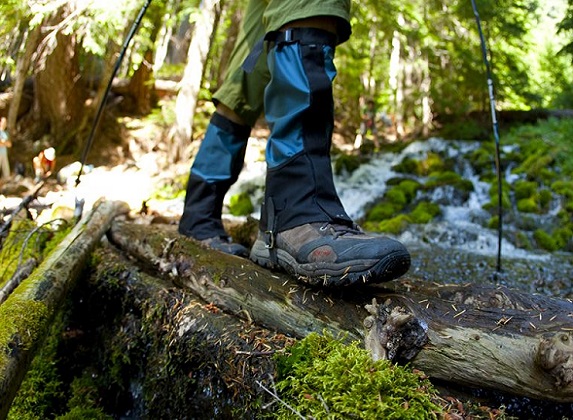
But water isn’t the only thing gaiters stop from getting in your shoes. They also keep dirt and pebbles from sneaking in and causing discomfort or even hurting your feet. And when you need to move through bushy terrain, gaiters offer an extra layer of protection against thorns or stinging nettles. What’s more, they can prevent damage to your trousers and shield your shins and knees from getting scraped when climbing rocks.
I’ve also found that gaiters are a far more comfortable alternative to wearing bulky, full-length trousers in the summer. Pairing them with shorts allows me to stay safe and cool while hiking in warm weather. So, I simply bring along a pair of gaiters in my backpack and put them on whenever my legs need some protection.
Considering how gaiters offer a number of benefits and are relatively inexpensive, investing in a pair is really smart. When it comes to choosing gaiters hiking gear stores offer a variety of designs. To make the right decision, here’s what you need to consider.
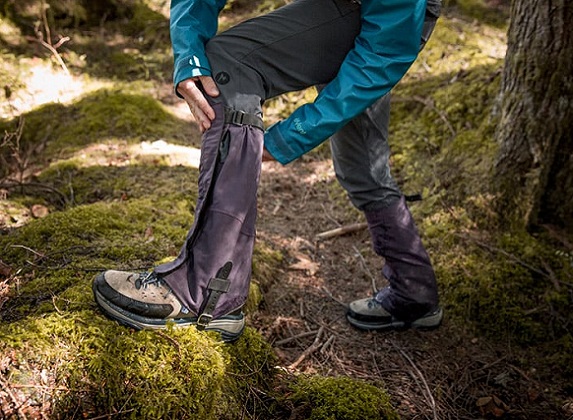
Gaiter Height
How high your gaiters should be, depends on the conditions you’ll face on the trail as well as your height. As a rule, if you’re bushwalking, mountain climbing, heading out on a trail that intertwines with streams, or hiking in snowy conditions, you want a pair of taller, knee-high gaiters. Knee-high gaiters range from 38 cm to 45 cm. So, measure your legs before purchasing some of the knee-high gaiters hiking stores sell. There are also mid-calf gaiters which are usually about 20 to 30 cm tall. They are best used in mild conditions where you only need to worry about keeping pebbles and rain out of your boots. If you’re going trail running, gaiters that only go over your ankles will help keep any debris out of your shoes.
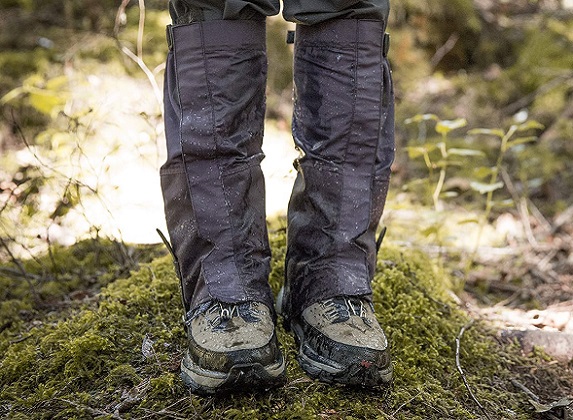
Material
When it comes to gaiters hiking fans can choose from a variety of materials. Gaiters made of a fabric called Gore-tex are 100% waterproof as well as windproof. Plus, this material is very sturdy and durable. As a result, Gore-tex gaiters are perfect for protecting your calves and knees around rocky or bushy terrains, as well as when moving through rivers and hiking in cold and snowy conditions. However, this material isn’t very breathable, so it’s best used during warmer weather.
On the other hand, gaiters made of waterproof canvas are a more breathable option for summer hiking. What’s more, canvas is also a material that can resist a lot of wear and tear. Coated nylon is another material that’s comfortable to wear in warm weather. However, it’s pretty lightweight and doesn’t offer much in terms of protection against abrasive surfaces. Recently, gaiters made of so-called Schoeller fabric have hit the market. This type of material is stretchy and flexible which makes it ideal for rock climbing and trail climbing.
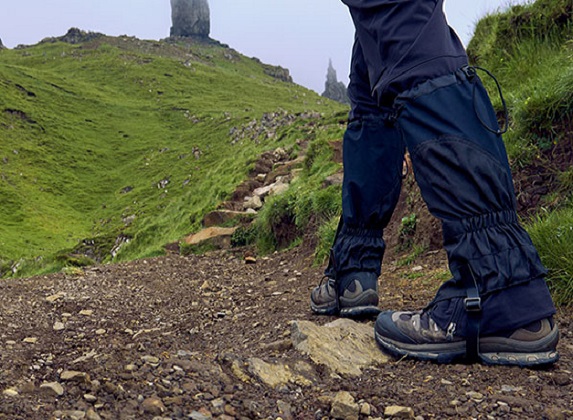
Helpful Features
When choosing gaiters hiking enthusiasts also have the option to pick pairs with unique features that offer extra convenience. For instance, some gaiters are made with insect repellent materials that keeps any pesky mosquitoes, blackflies and ticks away. This can be extremely convenient when hiking in humid conditions and areas known to be buggy.
Gaiters also come with different attachment systems. For instance, some are attached by metal fastening points which won’t break or get damaged when you scuff them against rocks. I’ve found that these types of gaiters are more reliable than pairs featuring plastic clips which tend to break easily. However, some hikers may prefer gaiters that are attached by adjustable velcro or elastic leg girdles as they are more lightweight.
As a proud Pisces known for the selflessness, Olivia joined up the blog fascinated by the idea she can help readers with info on topics and their related benefits like health and beauty, travel, food and drinks. When not writing, she likes to call it a day reading comic books in the company of her Tonkinese cat Chatty or binge-watching The Big Bang Theory with her SO like the nerd she is.

